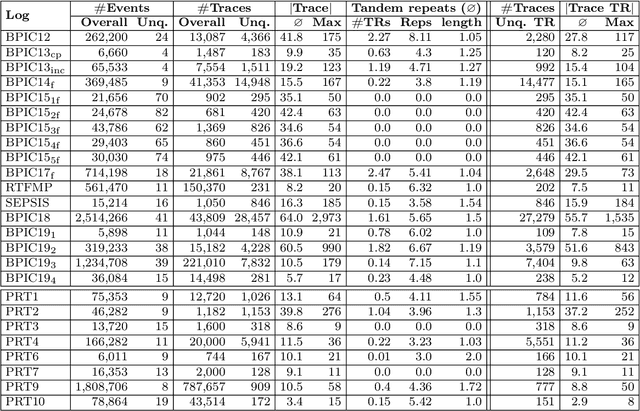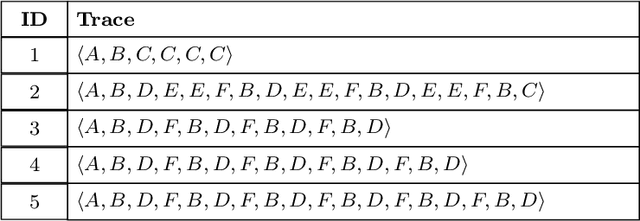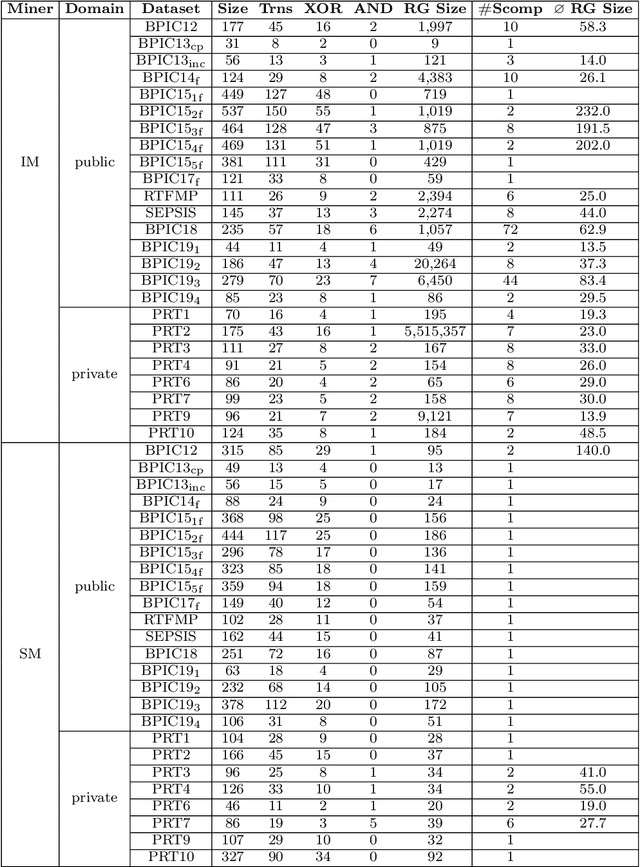Efficient Conformance Checking using Alignment Computation with Tandem Repeats
Paper and Code
Apr 02, 2020



Conformance checking encompasses a body of process mining techniques which aim to find and describe the differences between a process model capturing the expected process behavior and a corresponding event log recording the observed behavior. Alignments are an established technique to compute the distance between a trace in the event log and the closest execution trace of a corresponding process model. Given a cost function, an alignment is optimal when it contains the least number of mismatches between a log trace and a model trace. Determining optimal alignments, however, is computationally expensive, especially in light of the growing size and complexity of event logs from practice, which can easily exceed one million events with traces of several hundred activities. A common limitation of existing alignment techniques is the inability to exploit repetitions in the log. By exploiting a specific form of sequential pattern in traces, namely tandem repeats, we propose a novel technique that uses pre- and post-processing steps to compress the length of a trace and recomputes the alignment cost while guaranteeing that the cost result never under-approximates the optimal cost. In an extensive empirical evaluation with 50 real-life model-log pairs and against five state-of-the-art alignment techniques, we show that the proposed compression approach systematically outperforms the baselines by up to an order of magnitude in the presence of traces with repetitions, and that the cost over-approximation, when it occurs, is negligible.
 Add to Chrome
Add to Chrome Add to Firefox
Add to Firefox Add to Edge
Add to Edge